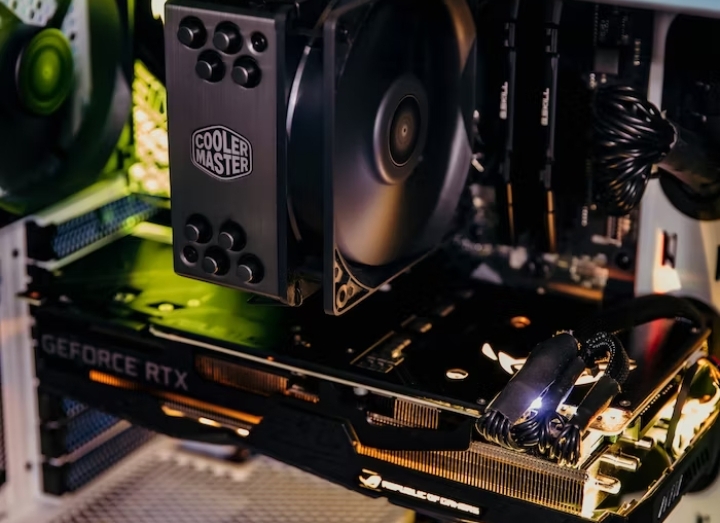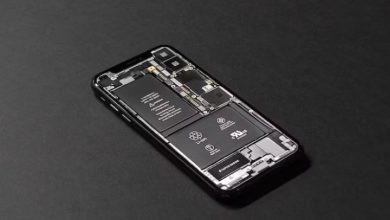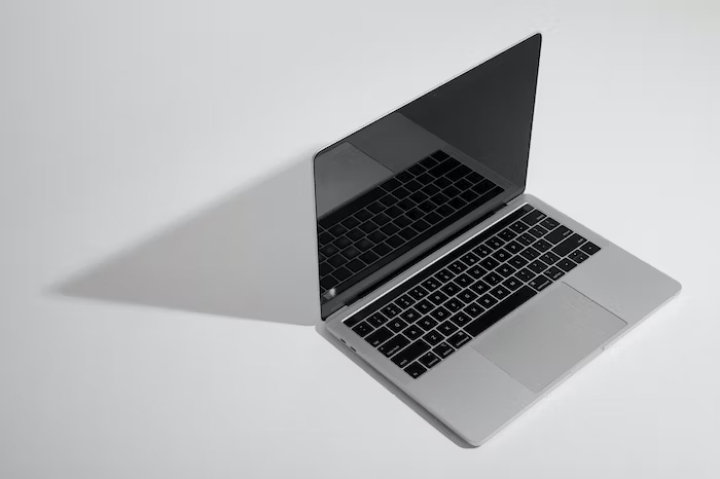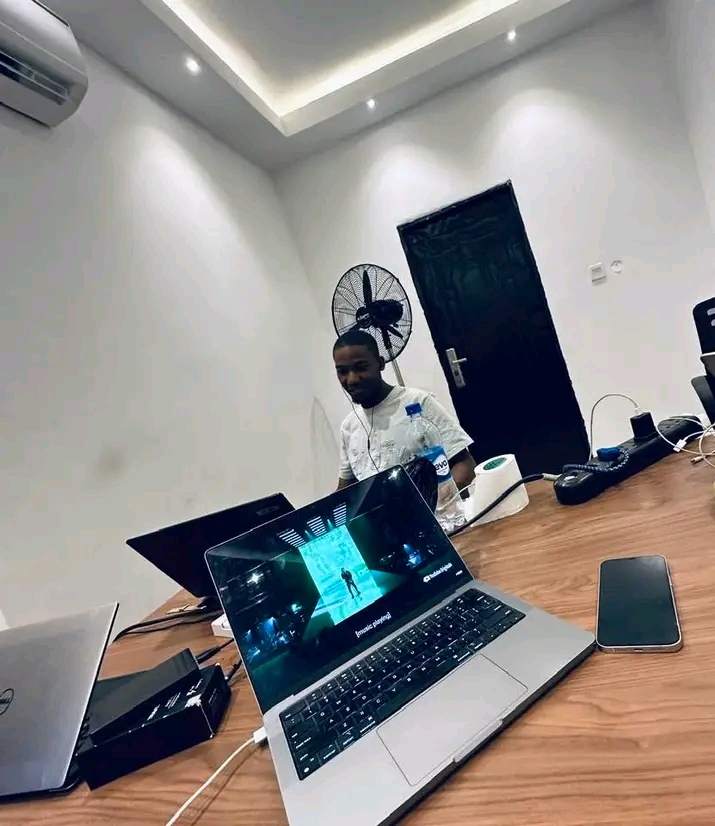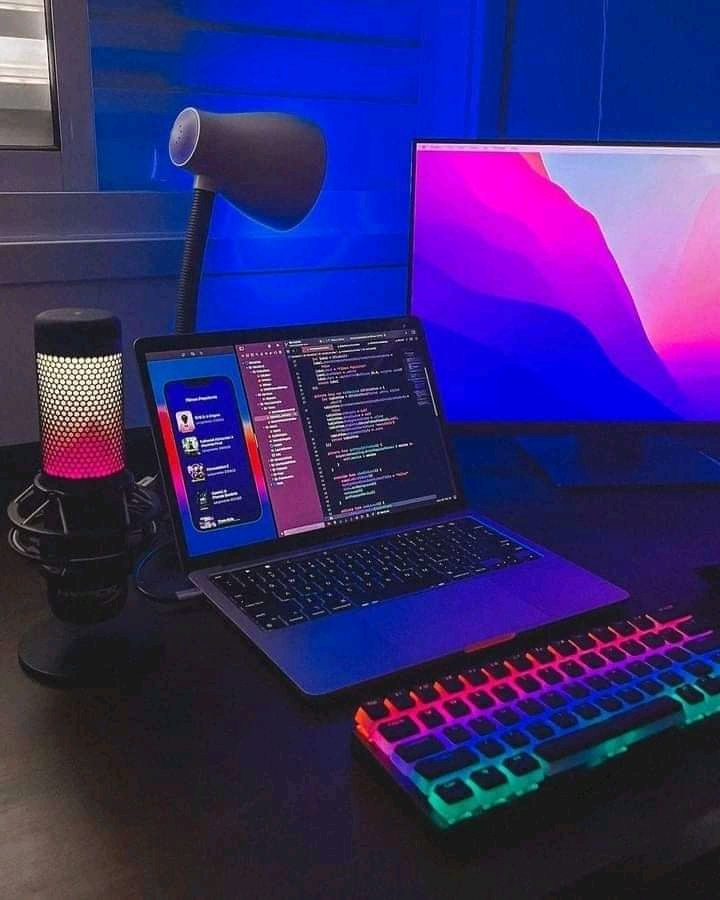How to Make an NFT, Then Sell It Online
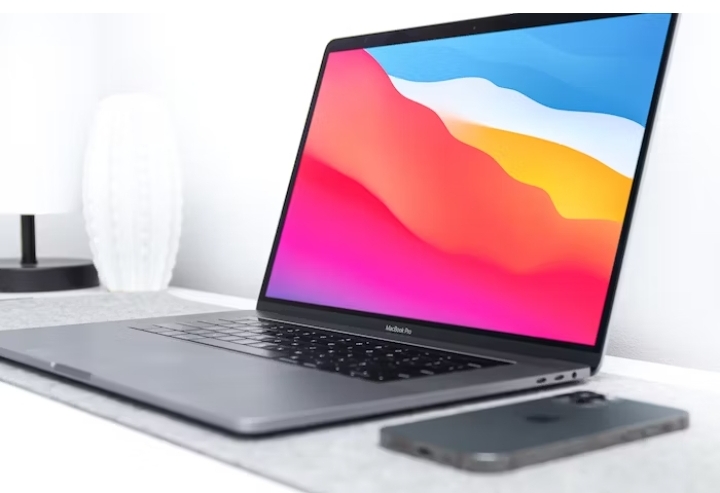
Introduction
In recent years, the world of digital art and collectibles has been revolutionized by the emergence of non-fungible tokens (NFTs). NFTs have gained immense popularity as a way to buy, sell, and trade unique digital assets securely on the blockchain. If you’re an artist, creator, or simply interested in exploring the world of NFTs, this article will guide you through the process of creating and selling an NFT online. From understanding what an NFT is to navigating the steps involved in minting and listing your creation, we’ll cover everything you need to know to get started.
What is an NFT?
Before we dive into the creation process, let’s clarify what an NFT actually is. NFT stands for non-fungible token, which means it is a unique digital asset that cannot be exchanged on a one-to-one basis like cryptocurrencies such as Bitcoin or Ethereum. Each NFT has its own distinct value and properties, making it one-of-a-kind and irreplaceable. NFTs can represent various digital items like art, music, videos, virtual real estate, and more.
Understanding the NFT Creation Process
Creating an NFT involves several steps, from selecting your artwork or content to promoting and marketing your creation. Let’s break down the process into easy-to-follow steps.
Step 1: Choose Your Artwork or Content
The first step in making an NFT is selecting the artwork or content you want to tokenize. It can be a digital painting, a photograph, an animated GIF, a music track, or any other digital creation that you hold the rights to.
Step 2: Prepare Your Artwork or Content
Once you have chosen your artwork or content, it’s important to ensure that it is properly prepared for the NFT creation process. This may involve optimizing the file size, formatting it to meet the requirements of the chosen marketplace, or adding metadata such as title, description, and artist information.
Step 3: Select an NFT Marketplace
To sell your NFT, you need to choose a suitable NFT marketplace. There are several popular options available, each with its own set of features, fees, and user base. Research and compare different marketplaces to find the one that aligns with your goals and preferences.
Step 4: Create Your Wallet
To interact with NFT marketplaces and store your digital assets securely, you’ll need a cryptocurrency wallet that supports NFTs. Set up a wallet that is compatible with the marketplace you have chosen, and ensure you have sufficient funds to cover transaction fees.
Step 5: Mint Your NFT
Minting an NFT refers to the process of creating a unique token on the blockchain that represents your artwork or content. This process typically involves connecting your wallet to the chosen marketplace, uploading your artwork, adding relevant details, and confirming the transaction.
Step 6: Set the Price and Royalties
When minting your NFT, you have the option to set its price and royalties.
Step 6: Set the Price and Royalties
Setting the price and royalties for your NFT is an important decision. Consider factors such as the perceived value of your creation, market trends, and the potential demand for your artwork. It’s essential to strike a balance between pricing it attractively and ensuring it reflects the effort and creativity you’ve put into your work.
Royalties are another crucial aspect to consider. With NFTs, you can earn ongoing royalties each time your NFT is sold or transferred to a new owner. Determine the percentage of royalties you’d like to receive, which can range from a small percentage to a more significant share.
Step 7: List Your NFT for Sale
Once your NFT is minted, it’s time to list it for sale on the marketplace. Provide a compelling title, captivating description, and high-quality visuals that showcase your artwork. Consider adding additional information, such as the inspiration behind the piece or any unique features that make it special.
Promoting and Marketing Your NFT
Congratulations on listing your NFT for sale! However, creating an NFT is just the beginning. To increase the chances of selling your creation and gaining recognition, it’s crucial to promote and market your NFT effectively. Here are some tips to help you get started:
Leverage Social Media: Utilize platforms like Twitter, Instagram, and Discord to build a community around your work. Share updates, behind-the-scenes glimpses, and engage with your followers.
Collaborate and Network: Collaborate with other artists and creators to cross-promote each other’s work. Attend virtual events, join NFT communities, and participate in discussions to expand your network.
Engage with Collectors: Interact with potential buyers and collectors who show interest in your NFT. Respond to inquiries, provide additional details, and build relationships with your audience.
Showcase Your NFT: Submit your artwork to NFT galleries, virtual exhibitions, and curated collections to gain exposure and attract potential buyers.
Create Limited Editions or Collections: Consider creating limited edition NFTs or collections that offer exclusivity and scarcity. This can generate buzz and attract collectors looking for unique pieces.
Tips for Successful NFT Selling
To maximize your chances of successful NFT selling, keep the following tips in mind:
Research the Market: Stay up-to-date with the latest trends, popular artists, and successful NFT sales within your niche. This knowledge can inform your pricing strategy and marketing efforts.
Build an Authentic Brand: Develop a unique brand identity and story that resonates with your audience. Authenticity and a compelling narrative can significantly enhance the value and desirability of your NFT.
Engage with the Community: Actively participate in the NFT community, engage with fellow artists, collectors, and enthusiasts. Share knowledge, provide feedback, and contribute to the growth of the ecosystem.
Offer Extra Incentives: Consider offering additional perks or bonuses to buyers, such as exclusive access to future releases, physical artwork, or virtual experiences. These incentives can make your NFT more enticing to potential buyers.
Continuously Improve and Experiment: Stay open to feedback and iterate on your creations. Experiment with different styles, mediums, and themes to explore new markets and attract diverse audiences.
Conclusion
Creating and selling an NFT can be a rewarding experience for artists and creators. By understanding the NFT creation process, selecting the right marketplace, effectively marketing your NFT, and engaging with the community, you can increase your chances of success in the digital art market. Embrace the opportunities that NFTs offer, explore your creativity, and unlock new avenues for monetizing your digital assets.
FAQs
What is the cost of creating an NFT?
The cost of creating an NFT can vary depending on the platform you choose and the associated fees. Some platforms charge a one-time fee for minting an NFT, while others may take a percentage of the sale price. It’s essential to research and compare the costs of different platforms before making a decision.
How do I choose the right NFT marketplace?
When selecting an NFT marketplace, consider factors such as user base, fees, reputation, ease of use, and available features. Popular NFT marketplaces include OpenSea, Rarible, and SuperRare. Explore the platforms, read reviews, and assess their suitability for your specific needs and goals.
Can I sell physical artwork as an NFT?
Yes, you can sell physical artwork as an NFT by creating a digital representation of the artwork. This can be a high-resolution photograph, a digital scan, or a virtual rendering. By tokenizing the physical artwork, you can establish provenance, verify authenticity, and enable the transfer of ownership digitally.
Do I need to be a cryptocurrency expert to create and sell NFTs?
While having some knowledge of cryptocurrencies and blockchain technology is helpful, you don’t need to be an expert to create and sell NFTs. Most NFT marketplaces provide user-friendly interfaces and guides to assist you throughout the process. Familiarize yourself with the basics of cryptocurrency wallets, transaction fees, and security practices to ensure a smooth experience.
Are there any legal considerations when selling NFTs?
Yes, there are legal considerations to keep in mind when selling NFTs. Intellectual property rights, licensing agreements, and copyright issues should be taken into account. Ensure that you have the necessary rights and permissions to sell the artwork or content as an NFT. Consult with legal professionals or experts familiar with NFTs to ensure compliance with relevant laws and regulations.
Can I edit or update my NFT after it is minted?
Once an NFT is minted and listed on the blockchain, its properties and details generally cannot be changed. It is essential to double-check all information, metadata, and pricing before confirming the minting process. However, some marketplaces may offer limited editing capabilities, such as changing the price or adding additional information, after the initial minting.
How can I protect my NFT from being copied or plagiarized?
While it is impossible to prevent someone from making unauthorized copies of your artwork, the ownership and authenticity of the original NFT can be proven on the blockchain. Registering your copyright and watermarking your digital assets can also serve as deterrents to potential plagiarism. Additionally, building a strong community and engaging with collectors who support your work can help raise awareness and protect against plagiarism.
What happens to my NFT if the marketplace shuts down?
In the event of a marketplace shutting down, the ownership and authenticity of your NFT are still preserved on the blockchain. However, the ability to list or sell the NFT on that particular marketplace may be affected. It’s advisable to diversify and list your NFT on multiple platforms to mitigate any risks associated with marketplace closures.
Can I buy my own NFT?
Yes, you can buy your own NFT. It is common for artists and creators to purchase their own work to establish a floor price or show support for their creations. However, it’s essential to consider transaction fees and any potential impact on the perceived value and market dynamics of your NFT.
How can I determine the value of my NFT?
Determining the value of an NFT can be subjective and influenced by various factors such as the demand for your artwork, your reputation as an artist, the uniqueness of the piece, and market trends. You can research similar NFTs sold in the past, consider the size and engagement of your audience, and consult with experts or appraisers in the NFT space to get a better understanding of your NFT’s value. Additionally, feedback and offers from potential buyers can also provide insights into the perceived value of your NFT in the market.
What happens if someone resells my NFT?
When someone resells your NFT, you may be entitled to receive royalties if you have set them up during the minting process. Royalties are automatic payments that you receive each time your NFT is resold or transferred to a new owner. The specific percentage of royalties you receive is determined by you as the creator and is typically coded into the smart contract of the NFT. The resale value and the amount of royalties you receive can vary depending on the marketplace and the terms you have set.
Can I sell my NFT on multiple marketplaces simultaneously?
Yes, in most cases, you can sell your NFT on multiple marketplaces simultaneously. However, it’s important to check the terms and conditions of each marketplace to ensure there are no exclusivity requirements or restrictions. Selling on multiple platforms can help you reach a wider audience and increase the chances of selling your NFT. Just ensure that you manage your inventory properly to avoid selling the same NFT multiple times.
Are there any tax implications when selling NFTs?
Tax regulations regarding NFTs can vary depending on your jurisdiction. It’s crucial to consult with a tax professional or accountant who is knowledgeable about digital assets and NFT transactions in your specific location. They can guide you on any tax obligations, reporting requirements, and potential capital gains taxes associated with selling NFTs.
Can I convert my NFT back into a physical asset?
NFTs primarily represent digital assets, and converting them back into physical assets is not inherent to the technology. However, you can use your NFT ownership as proof of authenticity and ownership for physical assets, such as artwork. For example, you can offer additional benefits or perks to NFT owners, such as a physical print of the artwork or exclusive access to exhibitions or events related to the physical asset.
What are the environmental implications of NFTs?
NFTs have faced criticism due to the energy consumption associated with certain blockchain networks, such as Ethereum. The process of minting and transacting NFTs requires computational power and contributes to carbon emissions. However, efforts are being made to address these concerns, including the development of more energy-efficient blockchains and the exploration of alternative solutions. It’s important to stay informed about the environmental impact of the blockchain networks you use and support initiatives that promote sustainability in the NFT space.
Remember, as the NFT market continues to evolve, staying informed, adapting to new trends, and actively engaging with the community will be key to navigating this exciting digital landscape.


